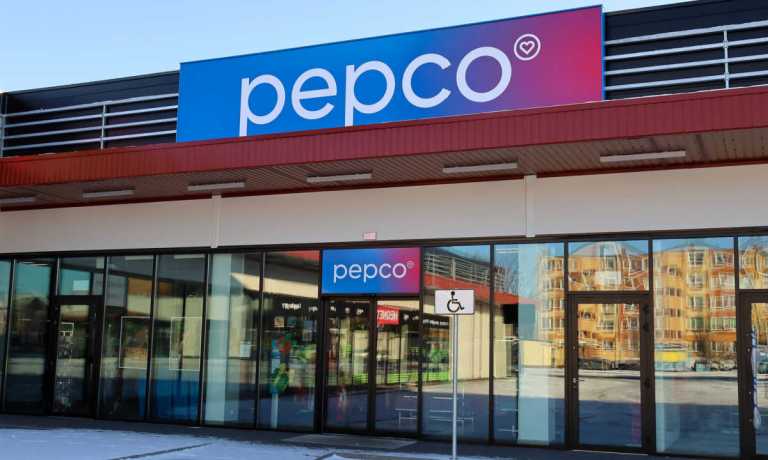
Discount retailer Pepco will open 550 new stores as inflation-weary consumers seek less costly products.
The Polish company said Tuesday (Dec. 13) it had opened 516 stores for the year to September, ahead of its 450-store goal, as it saw revenues climb 17% year-over-year. It also plans to accelerate its store count by 550 during the current financial year, bringing Pepco’s location count to around 4,500.
“With inflationary pressures continuing across the wider market, the discount retail market in Europe continues to grow on an annual basis, allowing us to significantly expand our customer base,” the retailer said in its earnings report.
“Pepco Group’s continued expansion has meant the whole of Europe is addressable to us and, with a diversified product offering and market-leading price proposition, we are well placed to expand further, and to grow our market share and brand presence.”
Based in the Polish city of Poznan, Pepco operates three brands: its flagship stores, which can be found throughout Europe; Poundland, based in Ireland and the U.K.; and Dealz, in Ireland, Poland and Spain. Ultimately, the company hopes to have 20,000 stores across Europe.
The news comes one week after a report that retail sales in Europe had declined in October as consumers there struggled with a rising cost of living. Figures from Eurostat, the statistics office of the European Union showed the volume of retail trade in the Eurozone declining by 1.8%, the largest drop for this year.
Much of that reduction was driven by a decline in food and tobacco sales (down 1.5%) and non-food products (which fell 2.1%).
Pepco Chief Financial Officer Mat Ankers had hinted at the company’s expansion plans earlier this year, as PYMNTS noted in October in a report about retailers trying to meet the demand of inflation-weary consumers.
“We’ll be accelerating our store openings,” he said. “Price and value have always been important to customers, but now it is more important than ever.”
As PYMNTS has noted recently, value-seekers can be found on both sides of the Atlantic these days, with bargain-hunting consumers turning to brands like Ross and TJX.
Our study “Consumer Inflation Sentiment: Consumers Buckle Down on Belt-Tightening” notes that cutting back on “nice to have” items is the most common way consumers are seeking to reduce spending, but it’s not the only way. More consumers are also turning to cheaper merchants and buying lower-quality products to cut costs on grocery and retail spending.
For all PYMNTS retail coverage, subscribe to the daily Retail Newsletter.